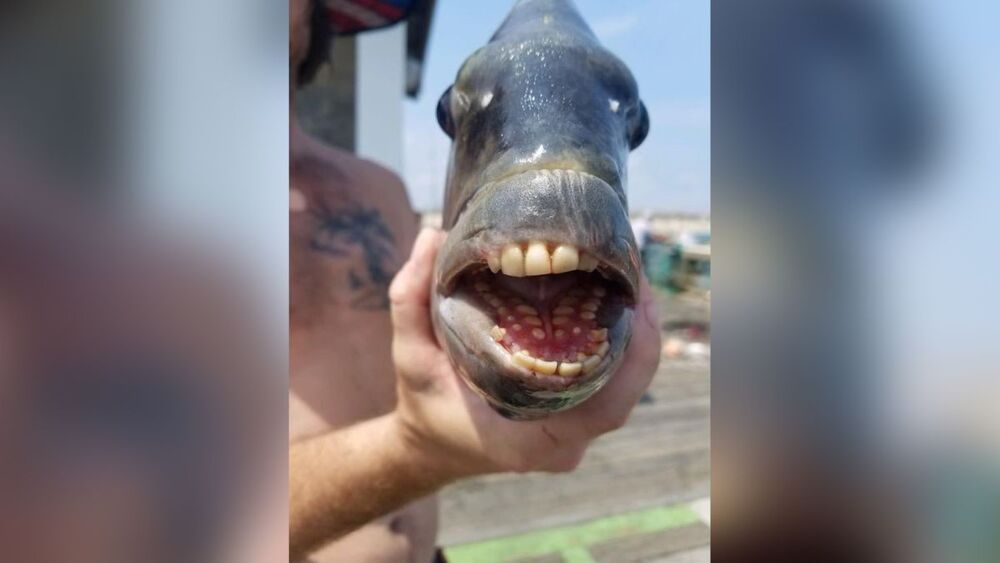Aug 7, 2021
Translation Software Enables Efficient Storage of Massive Amounts of Data in DNA Molecules
Posted by Jose Ruben Rodriguez Fuentes in categories: biotech/medical, genetics
ADS Codex translates binary data into nucleotides that can be sequenced in molecules as files for later retrieval, bringing potential cost savings and compact ‘cold storage.’
In support of a major collaborative project to store massive amounts of data in DNA
DNA, or deoxyribonucleic acid, is a molecule composed of two long strands of nucleotides that coil around each other to form a double helix. It is the hereditary material in humans and almost all other organisms that carries genetic instructions for development, functioning, growth, and reproduction. Nearly every cell in a person’s body has the same DNA. Most DNA is located in the cell nucleus (where it is called nuclear DNA), but a small amount of DNA can also be found in the mitochondria (where it is called mitochondrial DNA or mtDNA).

















